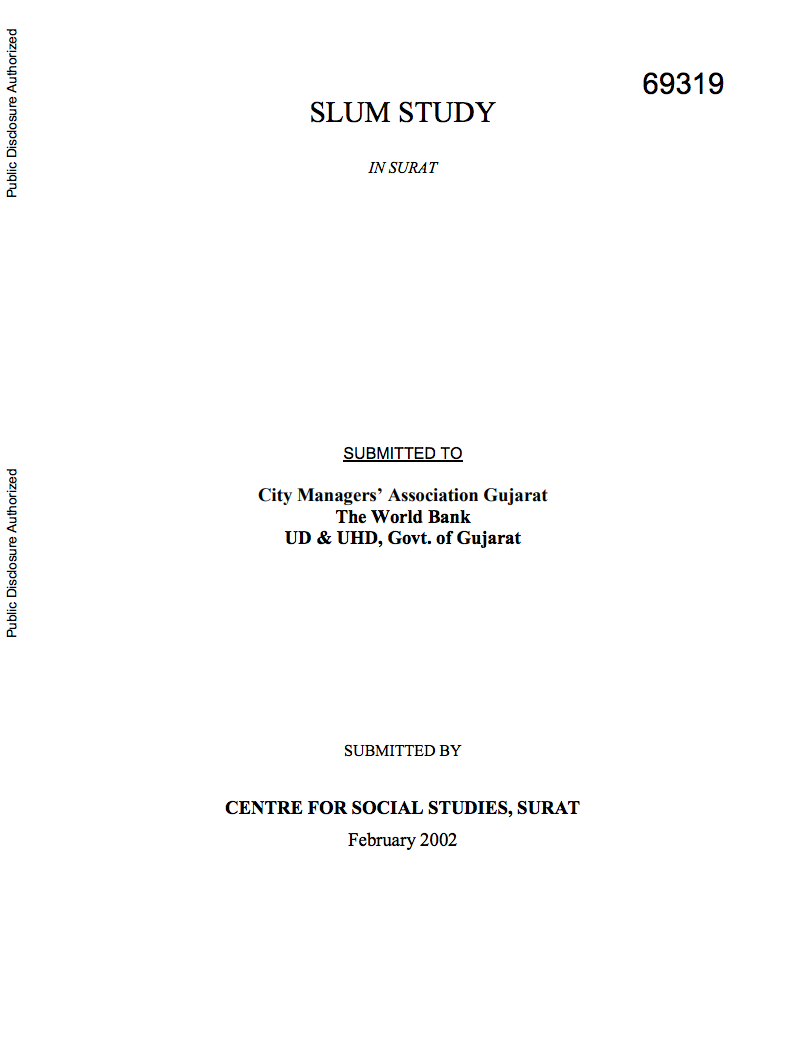Is Urbanization in Sub-Saharan Africa Different?
In the past dozen years, a literature
has developed arguing that urbanization has unfolded
differently in post-independence Sub-Saharan Africa than in
the rest of the developing world, with implications for
African economic growth overall. While African countries are
more urbanized than other countries at comparable levels of
income, it is well-recognized that total and sector gross
domestic product data are of very low quality, especially in


